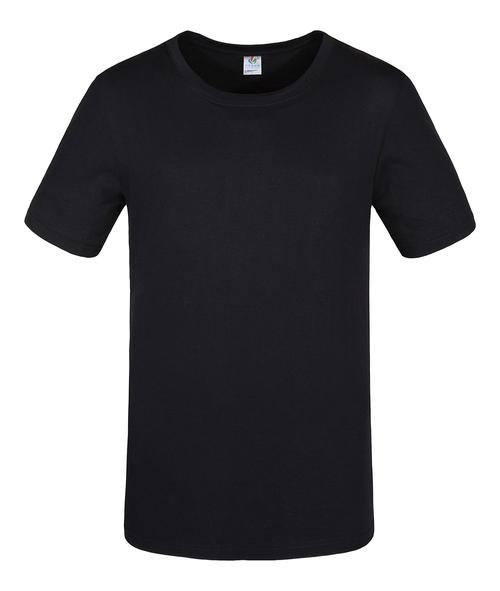There are many points to consider when choosing a suitable garment printing process. The following is a detailed analysis of the key points in selecting garment printing and dyeing technology:
1. Design effect: First Consider the desired design effect. Different printing and dyeing technologies can present different effects, such as washed, three-dimensional, transparent, etc. Select the corresponding printing and dyeing technology according to the design requirements to ensure that the desired effect can be achieved.
2. Fabric properties: Fabrics of different materials are suitable for different printing and dyeing technologies. For example, cotton is suitable for common printing techniques, while silk is suitable for more sophisticated digital printing techniques. Understand the composition, texture and characteristics of the fabric, and choose the appropriate printing and dyeing technology according to the properties of the fabric.
3. Color durability: Consider the color durability requirements of the selected printing and dyeing technology. Some printing and dyeing techniques may cause colors to fade after washing or exposure, while others offer better durability. Depending on the garment’s use and expected life cycle, choose a printing and dyeing technology that can meet color durability requirements.
4. Production cost: The choice of printing and dyeing technology also needs to consider production cost. Different printing and dyeing technologies have differences in equipment, material and labor costs. Consider budget constraints and production efficiency to select economical and practical printing and dyeing technologies.
5. Environmental protection issues: Nowadays, environmental awareness is becoming more and more important. Consider the environmental impact of the selected printing and dyeing technology and choose technology that meets environmental standards. For example, choosing water-based dyes over organic solvent dyes can reduce environmental pollution.
6. Production volume and process requirements: Choose the appropriate printing and dyeing technology according to the production volume and process requirements of the garment. Some technologies are suitable for high-volume production, while others are better suited for small-scale precision processing. Ensure that the selected technology can meet production needs and process requirements.
7. Maintenance: Finally, the maintenance requirements of the selected printing and dyeing technology should also be considered. Some technologies may require more frequent equipment maintenance and upkeep, while others are relatively simple. Depending on production conditions and resource availability, choose a printing and dyeing technology that can be easily maintained.
In short, choosing a suitable clothing printing process requires comprehensive consideration of design effects, fabric properties, color durability, production costs, environmental issues, production volume and process requirements and factors such as maintenance. Careful evaluation of these points and making informed decisions based on specific needs will ensure that the most suitable printing and dyeing technology is selected to achieve the expected quality and effect of the garment.





